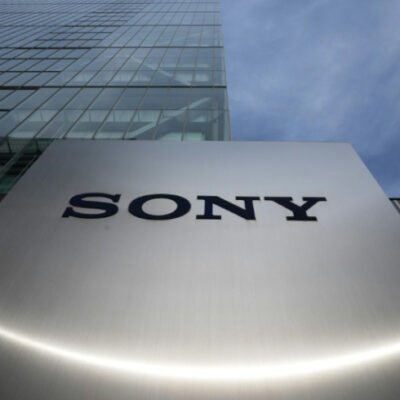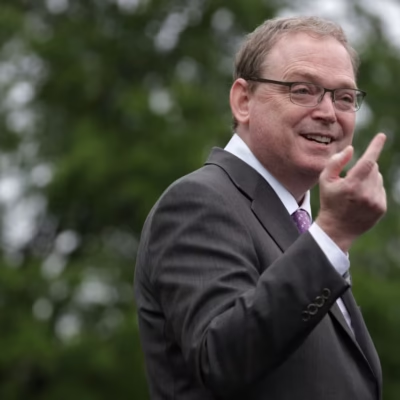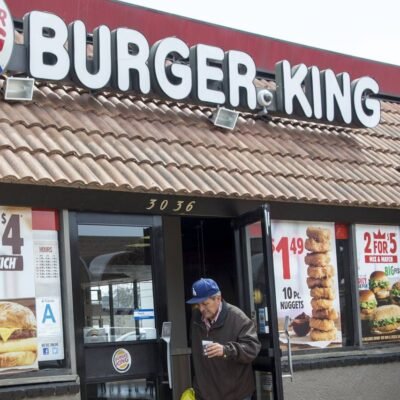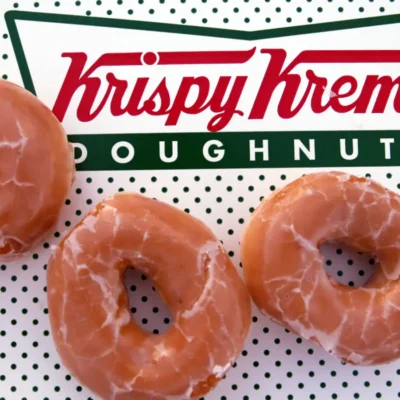The idea of beauty is constantly changing, especially in the United States. For decades, American beauty standards were defined by narrow ideals—usually thin, tall, white, and symmetrical features. But today, those ideas are being questioned, reshaped, and even rejected by many people.
In 2025, American beauty standards are more inclusive, realistic, and diverse than ever before. Social media, cultural movements, fashion changes, and body positivity campaigns are making a real impact. But how deep do these changes go? And what does beauty in America really mean today?
In this article, we’ll explore the roots of beauty ideals in America, how they’ve evolved, and what they look like now—and in the future.
A Quick Look Back: Traditional American Beauty Standards
For most of the 20th century, American beauty was shaped by Hollywood and magazines. Think Marilyn Monroe in the 1950s or Cindy Crawford in the 1990s. These women became symbols of the “ideal look.” Features like:
- Fair skin
- Slim waist
- Hourglass figure
- Long, smooth hair
- Clear skin and minimal body hair
These traits were seen as beautiful, and everything outside of that was often ignored or judged.
Much of this idea of beauty came from Eurocentric features. For example, straight noses, light-colored eyes, and straight hair were praised—while other features were often seen as “exotic” or “unattractive.”
Social Media’s Role in Changing Beauty Standards
The rise of social media platforms like Instagram, TikTok, and YouTube has changed everything. Instead of just seeing models and celebrities in magazines, now we see thousands of people every day with different shapes, sizes, and looks.
Why does this matter? Because beauty is now more personal. Influencers who look like “regular people” have large followings. People want to see real skin, stretch marks, freckles, acne, and different body types.
Even big brands are adapting. Companies like Dove, Fenty Beauty (by Rihanna), and Aerie promote real, unedited images of people. These brands now hire models of all races, sizes, and gender identities. The idea is: beauty is not one-size-fits-all.
Representation Matters More Than Ever
Representation plays a huge part in how beauty is defined. When people don’t see themselves in media, they may feel “less than” or “not good enough.” That’s why more TV shows, films, and campaigns are now showcasing a wider range of beauty.
We now see:
- Black, Latino, and Asian models on magazine covers
- Plus-size models like Ashley Graham breaking fashion barriers
- Disabled influencers like Aaron Philip changing the fashion game
- Trans and non-binary models getting campaigns with top brands
This isn’t just “diversity for show.” It’s becoming part of the new norm, and it’s shaping how young people define beauty today.
The Rise of Body Positivity and Body Neutrality
Another big shift in American beauty standards is the body positivity movement. For years, people with bigger bodies were told to lose weight or hide their shape. Now, more people are proudly showing off their natural bodies—whether curvy, muscular, soft, or somewhere in between.
But there’s also a newer trend: body neutrality. This means not focusing too much on loving or hating your body—but just accepting it as it is.
This shift is helping people:
- Eat without guilt
- Dress in what they like, not what “flatters”
- Avoid toxic fitness culture
- Focus on health instead of size
Plastic Surgery, Filters & the “Instagram Face”
While many changes are positive, there are still challenges. One of the most talked-about topics is the rise of cosmetic procedures and photo editing.
Apps like Facetune and Snapchat filters have created the “Instagram Face” — big eyes, small nose, full lips, and smooth skin. This look, while popular, is often fake or heavily edited. As a result, many people feel pressured to look like this in real life.
Plastic surgery procedures like lip fillers, nose reshaping, and BBLs (Brazilian Butt Lifts) are rising among young people.
But the conversation is shifting. More influencers now post “before and after” photos to show how filters work. Others talk openly about surgery to reduce shame or comparison.
Gender, Identity, and New Beauty Norms
Another powerful shift is happening with gender and identity. More people now identify as non-binary, gender-fluid, or trans. This challenges the idea that beauty must be either “masculine” or “feminine.”
Makeup is no longer “just for women.” Brands like MAC, NYX, and even Chanel now have campaigns with male and non-binary models. Fashion runways are also featuring more gender-neutral clothing.
This new era celebrates self-expression—whether you wear bold eyeliner or no makeup at all.
The Influence of TikTok Trends and Cultural Beauty
TikTok is shaping how younger generations (especially Gen Z) see beauty. One week it’s the “clean girl aesthetic” (dewy skin, minimal makeup), and the next it’s “cottagecore” or “grunge revival.”
But TikTok has also helped highlight cultural beauty practices:
- Indigenous face painting
- Indian skincare like turmeric masks
- Korean beauty (K-Beauty) routines
- African hair braiding traditions
These viral trends educate and celebrate different cultural heritages, instead of ignoring or mocking them like in the past.
Beauty Standards and Mental Health
Let’s be real—beauty pressure can hurt your mental health. Even with growing inclusivity, some people still struggle with body image, self-esteem, and comparison.
That’s why mental health conversations are now part of the beauty world. Influencers often remind their followers that:
- “Perfect” bodies online are often edited
- You don’t need clear skin to be beautiful
- Worth isn’t based on appearance
- Self-care includes rest, not just skincare routines
Therapists and psychologists are now joining these online spaces, offering real advice on how to protect mental health in a world obsessed with looks.
The Future of American Beauty Standards
So, what’s next?
Experts believe American beauty standards will keep moving toward inclusivity, personal expression, and cultural pride. The old idea of one single “perfect look” is fading. Instead, people are embracing the idea that beauty can be:
- Natural or glam
- Curvy or slim
- Disabled or able-bodied
- Loud or minimal
- Gender-neutral or feminine/masculine
- From any race or ethnicity
Fashion, makeup, and media will continue to adapt to this shift.
Final Thoughts
The evolution of American beauty standards shows how society is growing. It’s no longer about fitting into one mold. Instead, beauty in 2025 is about real people, real differences, and real stories.
You don’t need to look like a celebrity to be beautiful. You don’t need to fit a certain size, shape, or gender role. True beauty today means confidence, kindness, and authenticity.
As we move forward, the most powerful trend in American beauty is simple: Be yourself.
Read Next – Clean Beauty USA: What You Need to Know






